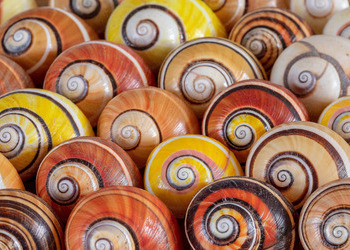Though Cuba’s illegal animal trade rarely makes headlines, its government has quietly raised alarms with a new wildlife trafficking law.
People and businesses found trafficking wildlife now face fines of up to 1,500 Cuban pesos ($63) and 4,000 pesos ($167) respectively, according to the new law, which covers “mammals, birds, bees, reptiles, fish, mollusks, crustaceans and amphibians.” The consequences are fairly light when compared to elsewhere in the region, and officials are already warning that they might not be enough.
In early June, the country’s head of environmental safety and regulation, Jorge Álvarez, said in a TV interview that fines were not a strong deterrent.
Despite the increase in fines, “protected species…are being sold, both on social networks and in person,” he said.
“Those who take part in this trade and those who buy [the animals] have no idea the damage they are causing to the environment,” Álvarez added, saying that the government may increase the fines.
It appears that the majority of wildlife trafficked from the island are birds and snails. Cuban grassquits, endemic birds with a swirl of bright yellow around their necks and backs, have been smuggled to the United States, where they can fetch anywhere from $200 to $300 each on the black market. Cuban Amazon parrots – coveted in the parrot trade for their bright red throats – can be bought for $600 each.
SEE ALSO: Songbirds to Raptor Eggs, the Looting of Latin America’s Bird Species
Sought by collectors for their colorful, intricate shells, Cuban painted snails are one of the most threatened species on the island. A single shell can be worth up to $70.
To meet international demand, the snails, known as Polymita picta, have been harvested and killed. Between 2012 and 2016, some 23,000 shells were seized in Cuba.
The snail was placed on the endangered species list in 2016. A year later, the sale of any Polymita snail was prohibited by the Convention on International Trade in Endangered Species of Wild Flora and Fauna (CITES), an international treaty granting degrees of protection to more than 37,000 species.
InSight Crime Analysis
Cuba rarely releases criminal statistics, but the island nation also enjoys far lower levels of organized crime than most of its Caribbean neighbors. However, the new law shows wildlife trafficking has become enough of an issue to warrant a response.
The new law has faced criticisms beyond its lack of stiff penalites. Animal rights activists in Cuba have complained that it does nothing to stop cockfighting or dogfighting, both still popular pastimes on the island.
SEE ALSO: Economic Hardship During Pandemic Caused Wildlife Trafficking in Brazil to Soar
Cuba’s timing is also striking. Much of Latin America and the Caribbean has seen an increase in wildlife trafficking during the pandemic, as people began to poach animals to earn money and for consumption.
Cuba has been hit hard by COVID-19, which struck amid an already severe economic crisis. While unconfirmed by the Cuban government, it is possible that some Cubans have turned to the animal trade in order to survive, boosting the illicit industry and warranting legal action.
Confiscations made by other countries also demonstrate that there is cause for concern. Due to its proximity to the island, the city of Miami is where most wildlife smuggling busts are made. The city has even created a dedicated undercover environmental crime unit that frequently deals with trafficking from Cuba.

